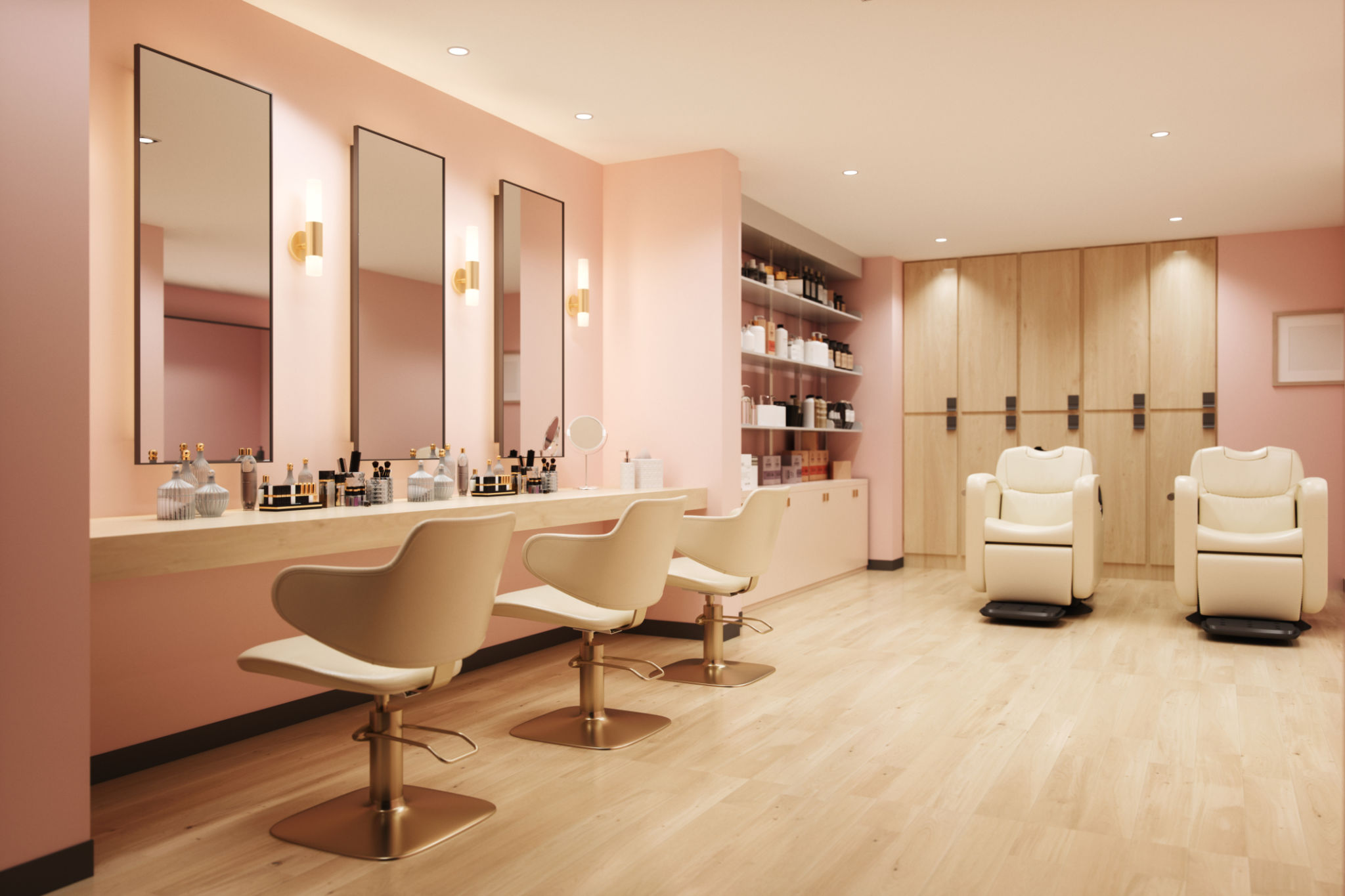Understanding the Unique Needs of Autism Haircuts: What Parents Should Know
Understanding the Sensory Experience
For many children with autism, getting a haircut can be an overwhelming experience. The sensory sensitivities often associated with autism can make the process of visiting a barbershop or salon particularly challenging. The sounds of clippers, the feeling of hair falling on the neck, and the bright lights can all contribute to a heightened state of anxiety.
Understanding these sensory challenges is crucial for parents and caregivers. It's important to recognize that what might seem like a routine task for most can be a source of stress for children with autism. By acknowledging these unique needs, parents can better prepare their children for the experience.

Preparing for the Haircut
Preparation is key when it comes to reducing anxiety around haircuts. Here are some strategies parents can use:
- Create a Visual Schedule: Use pictures to create a step-by-step guide of what happens during a haircut. This can help children anticipate what to expect.
- Practice at Home: Familiarize your child with the tools and sensations. Let them hold a pair of clippers (turned off) or practice with a comb and scissors on dolls.
- Choose the Right Time: Schedule appointments during quieter times of the day when the salon or barbershop is less crowded.
Choosing the Right Environment
The environment where the haircut takes place can significantly impact the experience. It's important to choose a salon or barbershop that is understanding and accommodating of your child's needs. Some salons specialize in haircuts for children with special needs, offering sensory-friendly environments.

When selecting a place, consider visiting beforehand to familiarize your child with the setting. Introduce them to the staff, and allow them to explore the space. This can help reduce any fear of the unknown and build trust with the hairstylist.
Communication with Hairstylists
Effective communication with hairstylists is essential. Make sure to explain your child's specific sensitivities and preferences. A good stylist will be patient and willing to work at your child's pace, allowing breaks if necessary.
You might also want to bring along comfort items or fidget toys to help keep your child calm during the haircut. Additionally, consider bringing headphones if your child is sensitive to noise; listening to soothing music can be a great way to distract from the unfamiliar sounds.

Post-Haircut Care
After the haircut, it's important to provide positive reinforcement. Praise and reward your child for their bravery and cooperation during the process. This helps create a positive association with haircuts in the future.
If your child experienced any distress, debriefing after the appointment can be beneficial. Discuss what went well and what could be improved next time, involving your child in this conversation if possible.
Building a Routine
Consistency can help make haircuts less daunting over time. Establishing a routine for when and how haircuts are done can provide a sense of security and predictability for your child.
By understanding and addressing the unique needs associated with autism haircuts, parents can transform what might initially be an overwhelming experience into one that is manageable and even enjoyable for their children.